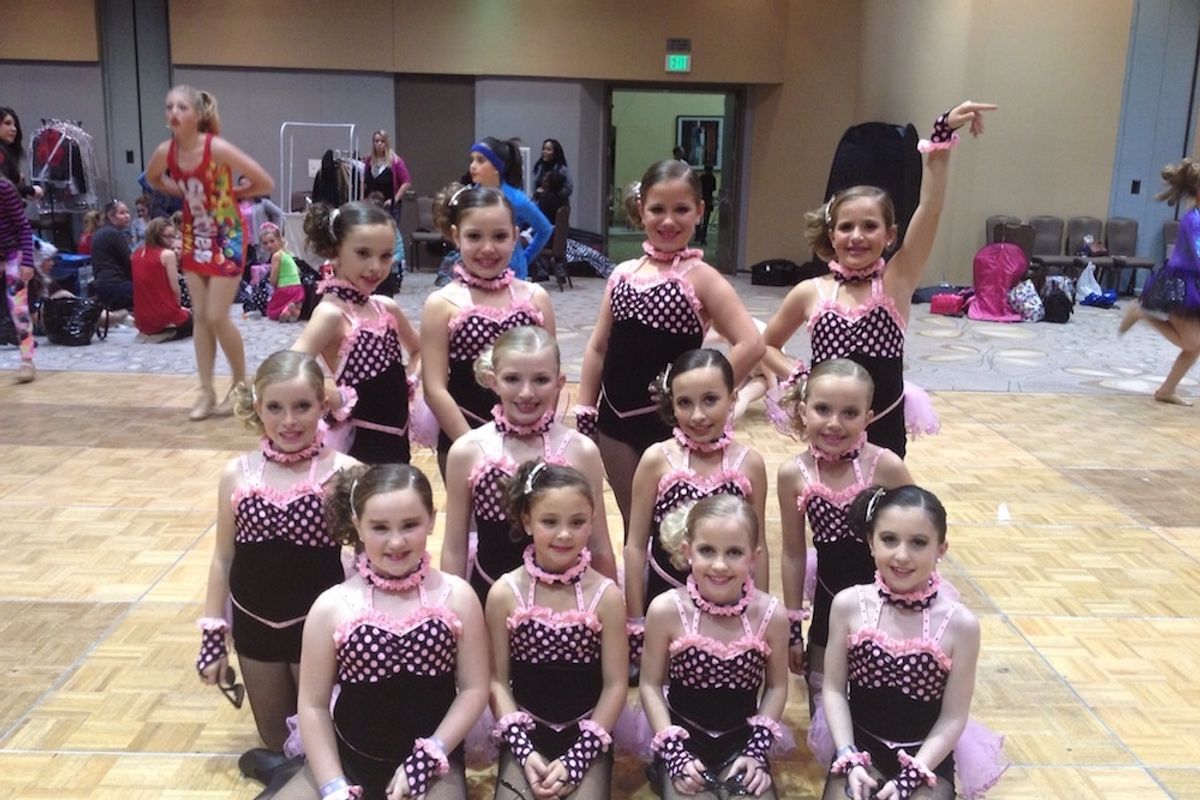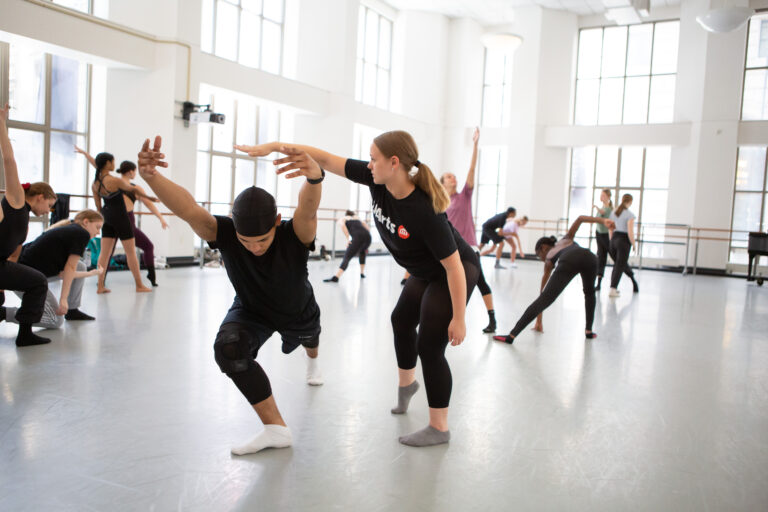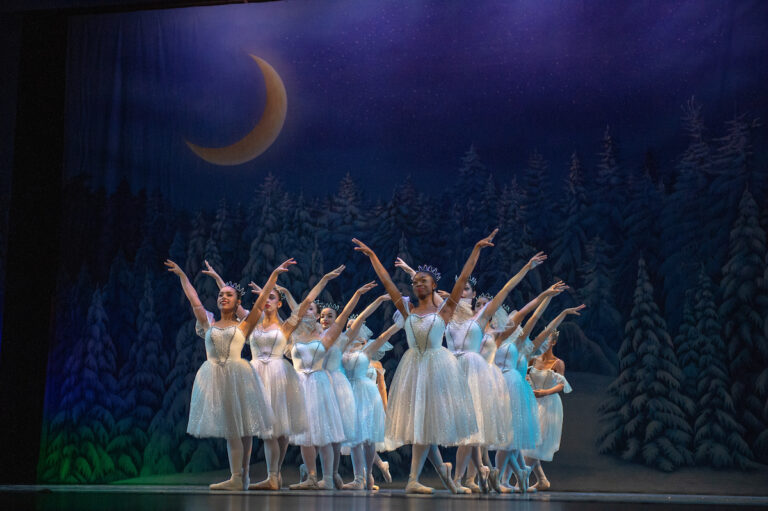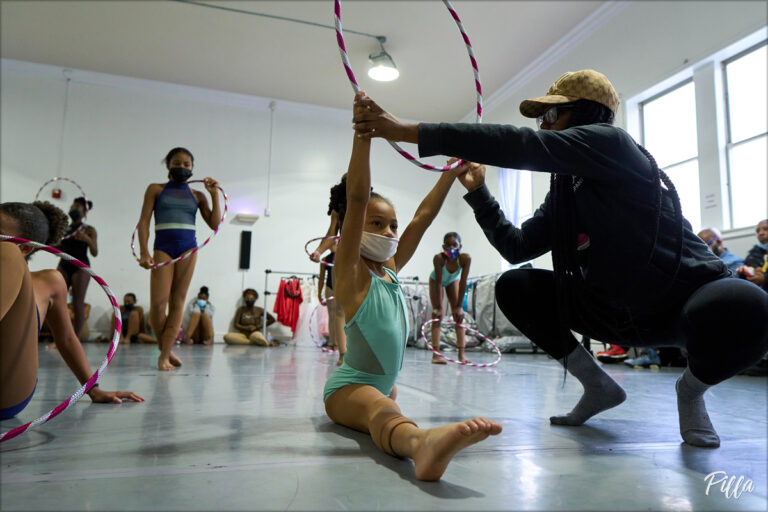First comp team: 5 dancers
Today: 85 full-time; 35 part-time
DO start small.
Jarnot recommends attending two competitions a year at most, to start. “Take baby steps,” she says. “Start with two and see how that goes. Then try a convention, but don’t compete. See how you feel after each, and then reevaluate.” With each competition comes a deluge of challenges. “You have to know how to manage the judges’ critiques and the parents’ criticisms of you as an owner and director, and you have to know how to coach your students through disappointment.”
DO pay your teachers to attend competitions.
Two years ago, Jarnot began adding in a director’s fee to her comp students’ charges so she could pay her staff to attend competitions with her. “In the past,” she says, “it might just be me there, and it was a struggle to get everyone ready.” Now, she’s able to assign teachers to oversee a ballet warm-up, for example, or pump up the kids before they go onstage. She was prepared for pushback from parents. “Anytime a fee’s added, people think they’re getting nickeled-and-dimed,” she says. But “when they saw how prepared the kids were,” they quickly got on board.
DON’T get too hung up on the judges’ critiques.
Once you start competing, Jarnot says, you suddenly open your choreography up to a new type of criticism—the judges’. Don’t let the feedback you receive be the end-all, be-all identifier of your studio, she warns. “For many years, people would say we were good storytellers with memorable pieces, but that we didn’t have the technique to back it up,” she says. “There might’ve been some truth to that, but we weren’t as weak as what we allowed people to make us believe we were.”





